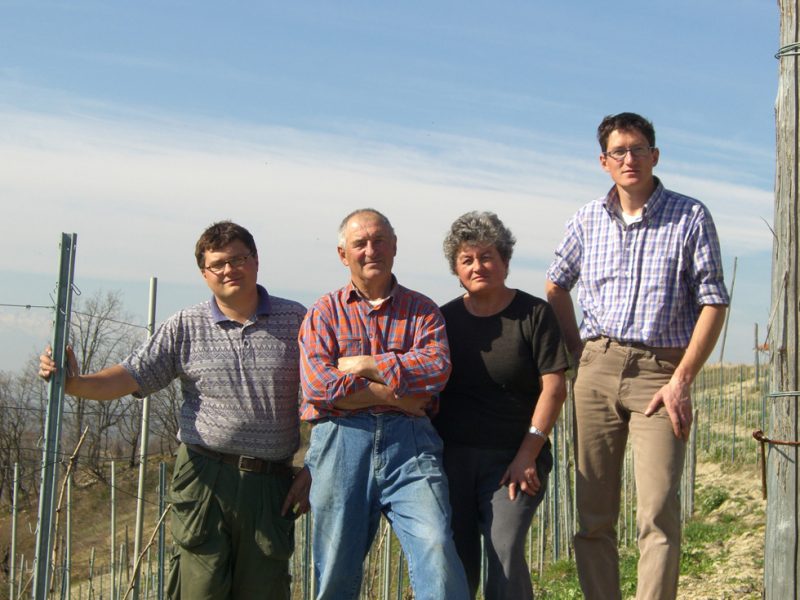Francesco Boschis
“If I had to name one superstar under the radar estate in Piedmont it might very well be Francesco Boschis. The wines are intense, delicious and reliably outstanding. Even better, because Boschis is based in Dogliani and works predominantly with Dolcetto, prices remain remarkably fair for this level of quality.” Antonio Galloni, November 2014
A family farm in the truest sense, the Francesco Boschis estate is run by Mario Boschis with the collaboration of his wife Simona and their two adult sons Paolo and Marco. They not only have some of the best high-altitude, old vines plantings of Dolcetto in the Dogliani appellation but also grow hazelnuts, as well as keep bees and cattle on their farm.
Dolcetto di Dogliani has always been acknowledged as the finest expression of the variety. Though the appellation shares a border with Monforte, vineyards are at an average of 550 meters above sea level, about 200-300 meters higher than those of Barolo and Barbaresco. This elevation, in combination with a slightly cooler climate, made Dolcetto the first choice for all of the best exposures, since it was too cool for Nebbiolo. Boschis soils are similar to those of Serralunga: calcareous clay, that, with these elevations, gives the wine a powerfully enhanced bouquet, as well as minerality and structure far beyond what you might expect from humble Dolcetto. Boschis’ old vines – some as old as 70 years—are all from a massal selection of Dolcetto from a prephylloxera vineyard of the late 1800s. Their biotype of Dolcetto is very peculiar compared to the more diffuse types being planted today: it has a red stem, very low yields and small berries with a thick skin.
The first vintage under the Boschis labels was 1968, so 2018 marks 50 years of estate bottling for the family, even though they have been growing grapes in Dogliani since 1919! They have a total of 22 hectares, but only 10.4 are planted to vines. Though the family works organically by definition, they are not certified. The EU labels their farming practices as sustainable.
The eye-catching labels of the wines are the work of Teresita Terreno, a local Langhe artist, and each gives hints about the wine’s nature: the strawberries on the spring-released Pianezzo refer to the wines early approachability. The San Martino has an autumnal scene, harmonious and languishing in the year’s remaining warmth—San Martino’s elegance and complexity are always on full display. Vigna Prey shows an austere hazy winter’s day frozen in snow—this is the most structured and powerful of the trio.




